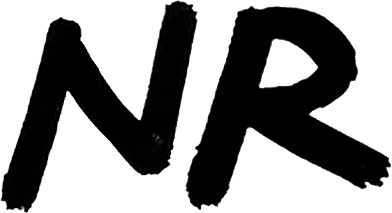Vogue.com: Fiji’s Coral Coast Promises a Glimpse at Local Life—And Unspoiled, Breathtaking Nature
There are reasons to visit Fiji, I’ve learned, beyond the postcard-ready beach vignettes and the sun-soaked appeal usually associated with the tropics (these aspects, as travelers know, can be found in locations much closer to the U.S. than the Fijian Islands, which are some 10-plus hours by plane from Los Angeles).
First and foremost, it’s the people. Fijians are disarmingly and memorably kind, which took me a bit by surprise, especially coming from New York and double especially coming from a country where frustration and exasperation seem to tick upward by the day if not hour. In Fiji, most everyone greets you with a whole-hearted “bula!,” which is a phrase that essentially means “hello!” but that can also be interchangeably used as “cheers” or to mark other moments of ebullient expression. Get used to saying “bula,” because you will say it a hundred or more times if and when you visit.
There’s also a palpable, emotional sense of pride one gets in talking with Fijians; driving through Sigatoka, a town on the southern side of Viti Levu, Fiji’s “main” island that holds both its capital, Suva, and its largest international point of entry, Nadi (pronounced “Nandi”), our driver remarked on the area’s high concentration of talented rugby players. He then went on to pause, before saying, reverently, that Fiji had won its first ever medal at the 2016 Summer Olympic Games in Rio de Janeiro—gold, in, of course, rugby. That day was declared a national holiday in Fiji.
But it boils down to more than that. I met a man named Solo, who works for the Nanuku Auberge Resort, located a couple of kilometers past Sigatoka en route to Suva, on Viti Levu’s southern Coral Coast. He spoke with excitement and gusto of what Fiji is becoming, of what its potential may be, after the country reinstated democratic practices in 2014 (eight years before that, a military coup had seized control of Fiji’s government). Begrudgingly but with a twinkle in his eye, he mentioned foreign investments, a growing global interest and presence on the island, and, I think, he secretly felt excited about it. Yet then again, as we drove to Suva one day, he spoke not of infrastructure and industry but of kava roots and tarot leaves and the red earth that you can see in cutaways in the distance, or the beautiful African tulip tree flowers that pepper the landscape. Once you learn these blooms are actually invasive, it’s a reminder of the perils that small island nations face. Solo, among others, was not happy about President Trump’s stance on climate change.
And all of the above isn’t to say that the people necessarily override the natural splendor of Fiji; rather, they enhance it. If you can find them, there are lagoons so thick with coconut palms and mangrove roots and climbing vines and wild orchids that you’d think you were in a time long extinct, the time when the Dutch explorer Abel Tasman first crashed upon Fiji’s teeming reefs. Starfish are the color of warm skies at midnight; sea snakes, banded in silver and shimmering black, wriggle towards the soft cyan sea. As Solo said, at the end of the day, “Fiji is, you know, the heart of the Pacific.”
Here, a photo guide, lensed by the Mexico City–based photographer Marco Bochicchio, of Viti Levu and its Coral Coast area.
To view on Vogue.com, click here.

